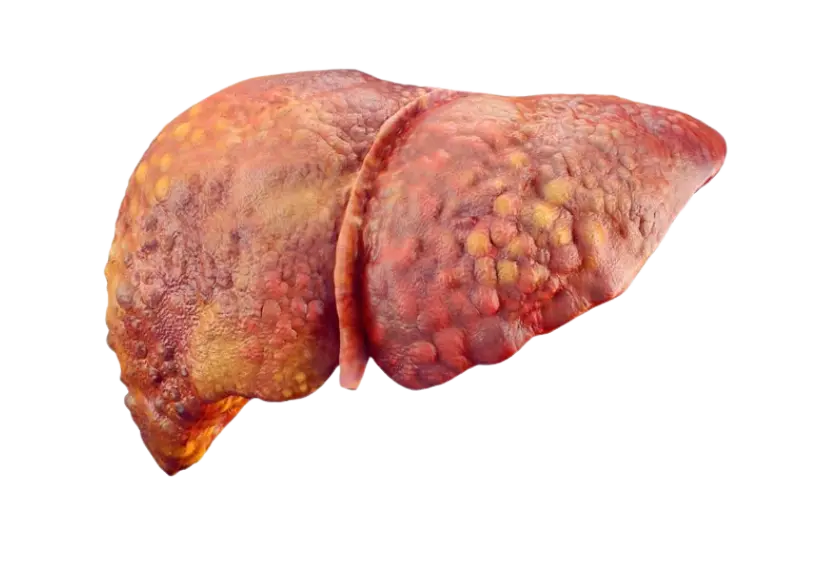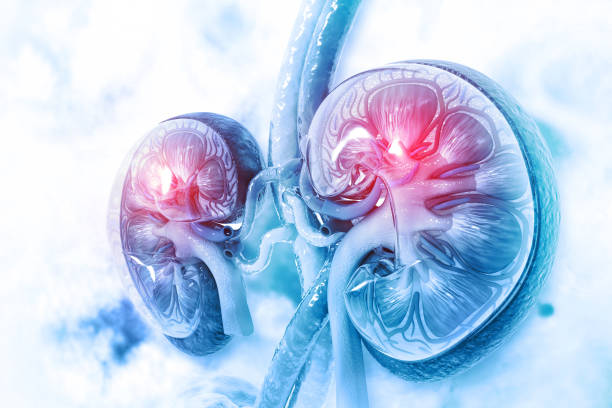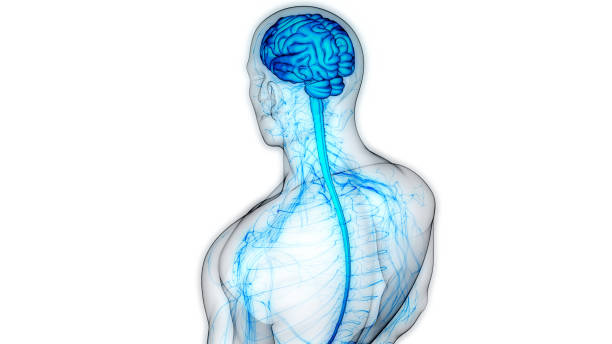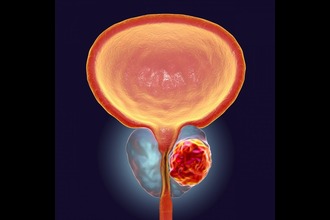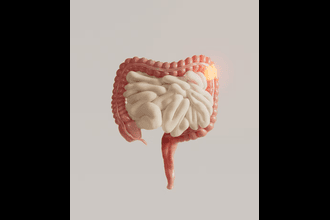Type 1 diabetes, also known as insulin-dependent diabetes, occurs when the body's immune system attacks and destroys insulin-producing cells in the pancreas. People with type 1 diabetes produce little or no insulin and must rely on insulin injections. Type 1 diabetes is typically diagnosed in childhood or early adulthood. The common symptoms include weight loss, thirst, frequent urination, fatigue, and blurred vision.
Understanding Diabetes: Causes, Symptoms, and Solutions
Diabetes is a chronic metabolic disorder that affects how the body processes blood sugar (glucose), leading to high blood sugar levels. It occurs when the body either doesn’t produce enough insulin
The condition prevents the body from processing blood sugar, which is the primary source of energy. The body does not produce enough insulin or cannot use the insulin that it produces effectively. As a result, blood sugar levels in the body rise, and people experience different symptoms. Insulin is a hormone that regulates blood sugar levels by letting cells absorb glucose from the blood. People suffering from this problem fail to produce or respond to insulin properly, either due to insufficient insulin production or because cells become resistant to its effects.
The common causes of diabetes include genetic factors, aging, obesity, physical inactivity, diet, hormonal imbalance, and other health issues.
Type 1 Diabetes

Type 2 Diabetes
Type 2 diabetes is the most common form of diabetes and occurs when the body becomes resistant to insulin or when the pancreas does not produce enough insulin to maintain normal blood sugar levels. It is increasingly diagnosed in both adults and young people due to lifestyle factors and certain medications. The common symptoms of type 2 diabetes include increased thirst, fatigue, frequent urination, and slow-healing wounds.

Gestational Diabetes
Gestational diabetes develops during pregnancy and affects women who have never had diabetes before. The condition typically appears in the second or third trimester, causing high blood sugar levels that impact both the mother and baby. After childbirth, blood sugar levels usually return to normal. However, women with gestational diabetes are at a higher risk of developing type 2 diabetes later in life. Symptoms are usually mild but may include increased thirst and frequent urination.

Prediabetes
Prediabetes occurs when blood sugar levels are higher than normal but not high enough to be classified as diabetes. People with this condition are at risk of developing type 2 diabetes, which can lead to various health problems like heart disease, kidney disease, nerve damage, vision problems, and slow wound healing.

Symptoms Associated with Diabetes
The symptoms experienced by people with diabetes include:
- Increased thirst and dry mouth
- Frequent urination
- Unintentional weight loss or weight gain
- Excessive hunger
- Fatigue
- Blurred vision
- Slow healing of infections or injuries
- Numbness or tingling in hands and feet
- Irritability and mood swings
- Dark patches on the neck and armpits
Diabetes is a serious condition but can be effectively managed with proper care. Lifestyle changes and appropriate treatment can help improve your quality of life. Contact our professionals for guidance on managing this long-term condition effectively.
FAQ
FAQ
How can I lower my diabetes
Eat less work more
tttttttt
qqqqqqqq
